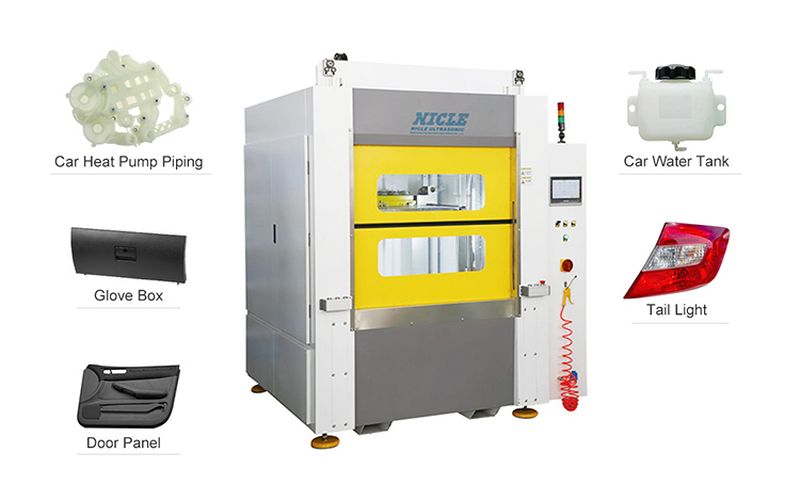Hot Plate Plastic Tank Welding: The Key to Strong, Leak-Proof Joints
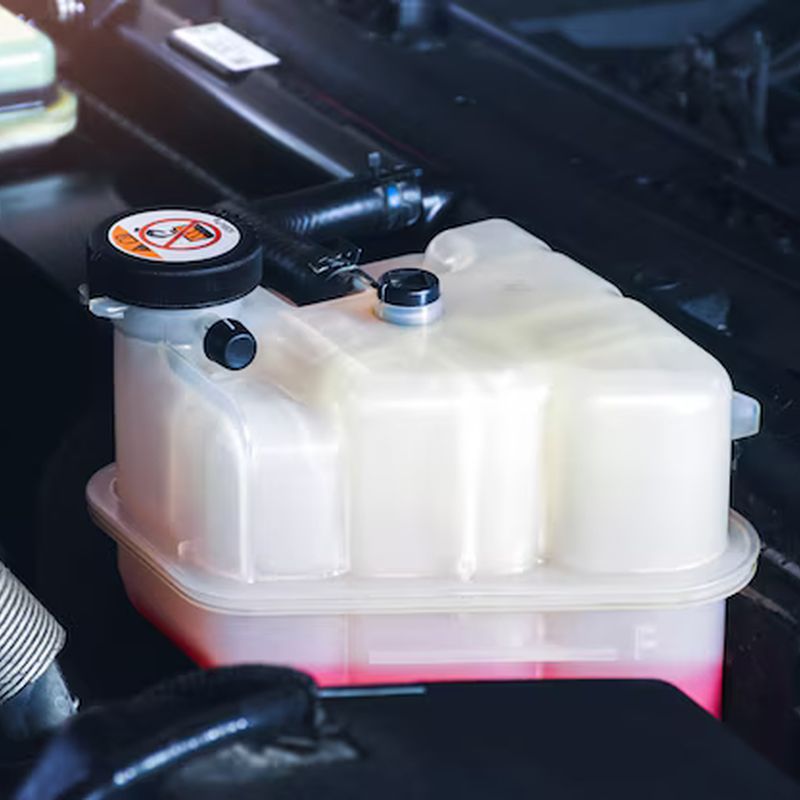
The secret to strong and leak-proof plastic tank welds? It's all in the heat & pressure.
If you've ever struggled with weak seams, leaks, or inconsistent welds on plastic fuel tanks or water tanks, the problem might not be the skill, it's likely your plastic tank welding method.
Here's why: Over 85% of automotive plastic tank repairs use hot plate welding, a method known for its durability and airtight seals.
But not all welders give the same results. Our Car Plastic Tank Hot Plate Welder produces perfect and repeatable welds every time, with no leaks or weak joints.
Let's explain why hot plate welding dominates plastic tank welding and how upgrading your process can save time, money, and headaches.

Table of Contents
What is Plastic Tank Welding?
Common Challenges in Plastic Tank Welding
Why Choose a Car Plastic Tank Hot Plate Welder?
Types of Plastic Welding Techniques
Conclusion
FAQs
What is Plastic Tank Welding?
Plastic tank welding, also known as thermoplastic welding, is a technique used to melt plastic and then reassemble it to repair holes or cracks in plastic tanks. Unlike glue or tape, plastic welding melts the material and forms a bond from the inside out. That's why it holds up better under pressure, heat, and daily use.
Most plastic welding methods fail because of bad heat control, poor pressure, or wrong technique, which leads to uneven welds, gaps that leak later, and waste material, respectively.
For plastic tanks, weak welds aren't just messy; they're dangerous. Here's why:
- Fuel tanks can't afford weak seams because one leak and it's a fire risk.
- Chemical tanks need welds that resist corrosion from the inside out.
- Water tanks require seams that won't crack under pressure or weather.
That's why professionals use tools like hot plate welders that turn a cracked tank into something as reliable as new. And with the right tool, like a car plastic hot plate welder, you can make clean repairs that last for years.
Common Challenges in Plastic Tank Welding
Though Plastic tank welding looks like a simple procedure but people often face many issues that affect the weld quality. Here are some common challenges in plastic tank welding:
Identifying the Plastic Type
The first thing to remember is that not all plastics can be welded in the same way. Polymers like HDPE, PP, and PVC have different melting points and bonding behaviors.
That's why it's necessary to identify the plastic type first and then adjust your method accordingly. Because welding incompatible plastics can lead to weak joints.
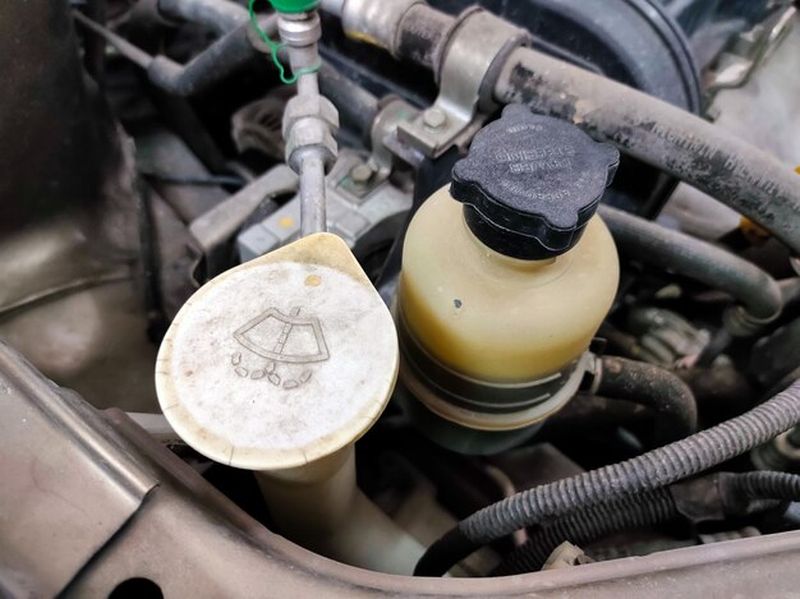
Temperature Control Problems
In welding techniques, especially in hot plate welding, it is necessary to control the temperature precisely. Too much temperature can lead to burning the plastic, while too little temperature will cause incomplete fusion.
Poor Surface prep
Before welding, first clean the area and then sand it lightly for proper adhesion. It's because dirt, grease, or even moisture prevent proper fusion and lead to leaks.
Lack of Proper tools
One of the biggest reasons plastic tank welds fail is not having the right tools for the job. Plastic welding isn't like metal welding, it requires precise temperature, consistent pressure, and the right technique, all of which depend on the tools you're using.
A simple heat gun might give you a quick fix, but it won't last. On the other hand, tools like our Car Plastic Tank Hot Plate Welder are built specifically for this task.
They warm both sides equally, keep the temperature spot-on, and press everything together just right. This not only makes the weld stronger but also saves time.
Why Choose a Car Plastic Tank Hot Plate Welder?
When it comes to welding plastic tanks, the efficiency and durability of the tank matter the most. Our Car Plastic Tank Hot Plate Welder (NC-2040 / NC-3040 / NC-5060) is designed by keeping these things in mind. Here's why our product is the best choice for you:
Efficient and Hassle-Free Welding
Our hot plate welder uses a direct hot-melt process for materials like PP, ABS, PE, PET, and PBT. You don't need any extra adhesive or filler materials for the process. This welder will produce airtight and leak-proof joints that last for good.
Built for Tough Jobs
A welded steel frame with adjustable casters in our car plastic tank hot plate welding machine enables you to position the welding machine where you need it. The heavy-duty A3 cold-rolled sheet casing and 45# steel table plates in it guarantee that it will last longer than you expected, even with repeated use in a demanding environment.
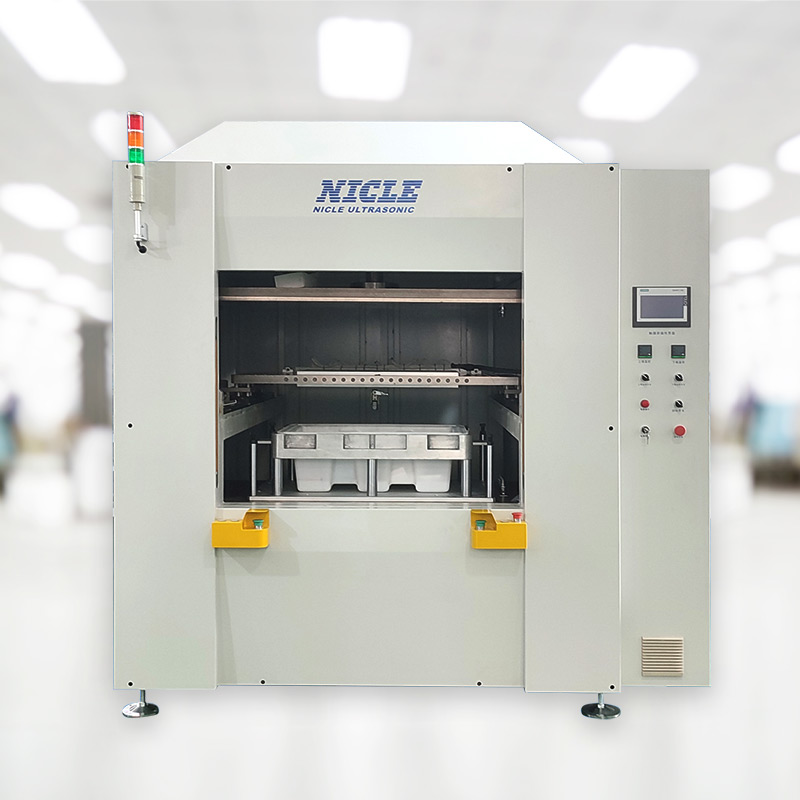
Operator Safety
Our hot welding machine is designed considering the safety of the operator. A built-in safety grating in the welding equipment minimizes the risk of accidents and ensures the safety of the user.
Flexible Design
Thanks to its standard mold interface, mold changes are quick, which makes it useful for those who handle a variety of tank shapes and sizes. Plus, its flexible design supports structural modifications and allows you to adapt it as your needs change.
Our Car Plastic Tank Hot Plate Welder is more than just a tool, it's a long-term investment for anyone who values safety and efficiency in plastic tank welding.
Types of Plastic Welding Techniques
Plastic tank welding isn't the same for every job. The approach changes depending on the material and the tank's size. Here are some techniques people mostly use for joining plastic:
Hot Plate Welding
With hot plate welding, you take a metal plate, heat it up, and use it to soften the edges of two flat plastic pieces so they stick together. It's best for bigger or thicker chunks that other methods struggle with. Plus, it handles flat or rounded shapes just fine and gives you a solid connection.
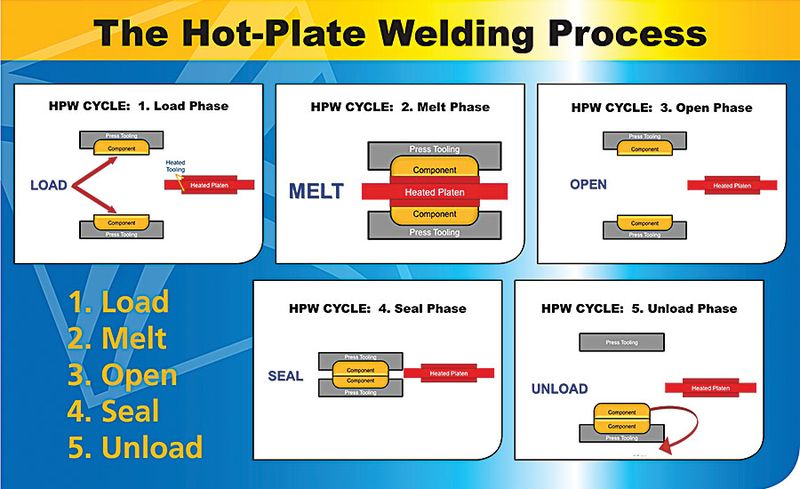
Here's the basic rundown of how it goes:
Heat
First, you get a flat, hot metal plate and set it to just the right temperature. Then, you press it against the two plastic parts you want to join. You hold it there until the surfaces start to soften.
Pull the Plate Away
Once the edges are melted enough, you yank the plate out from between them quickly.
Push Them Together
Next, you push the softened surfaces against each other. As they cool off, they harden into one tough, lasting bond.
This method gets a lot of use for things like fuel tanks, storage containers, or even car bits like bumpers and battery housings.
It pairs best with plastics like polyethylene (PE) or polypropylene (PP). Back in the day, people used heated irons for this. Now, modern setups (like our Car Plastic Tank Hot Plate Welder) handle it all automatically.
Extrusion Welding
Extrusion welding is a hands-on way to connect plastic pieces, particularly when fixing tanks or building stuff from scratch.
Here's how it works: you take a plastic filler, melt it down inside a tool you hold called an extruder, and then push that molten plastic into a joint you've already set up. As it cools off, it sticks tight to the original material.
It's a slower technique than methods like hot plate or ultrasonic welding, and you should have proper skills to avoid weak patches or cooking it too hot.
Ultrasonic Welding
Ultrasonic welding is a technique for sticking two plastic pieces together with high-frequency sound waves. It skips using heat from something outside and uses vibrations.
These vibrations are typically between 20 and 40 kHz, zero in on the spot where the parts meet. The rubbing from all that shaking warms things up enough to soften the plastic edges and join them into one.
It's a quick job, done in under a second, and you don't need glue, screws, or extra stuff. People use it a lot for tiny or tricky plastic bits, like in gadgets, doctor tools, or car parts.
Laser Welding
In laser welding, a focused laser beam is used to join materials together. In this method, a laser melts a targeted piece of plastic and sticks the pieces together.
Laser welding is a precise, fast, and clean method that is used for delicate and complex projects. Although laser welding is the most efficient method, it is also more expensive than other techniques.

Conclusion
Plastic tank welding is a reliable and cost-effective solution for repairing plastic tanks, especially in automotive applications. Whether you're doing minor repairs or a large-scale welding job, choosing the right equipment and technique makes all the difference.
Hot plate welding stands out as the go-to technique for its durable and airtight repairs. With the car plastic tank hot plate welder from Dizo, you'll not only fix the plastic but will also restore it to its original position.
FAQs
1. Can I weld all types of plastic?
No, you can't weld all types of plastic. Only thermoplastics like PP, HDPE, ABS, and PVC can be welded. Materials like Bakelite or epoxy won't melt and bond. Try to always check the plastic type before welding.
2. Is it safe to weld fuel tanks?
Yes, you can weld a fuel tank safely by following the right procedure. First, empty and purge the tank of fumes, and then use a hot plate welding equipment for leak-proof joints.
3. How strong is plastic welding?
The strength of plastic welding depends on technique, material, and the surface prep you do before starting the process. A proper weld can be as strong as the original material, especially with extrusion welding or hot plate welding.
4. How can I fix a crack in a plastic water tank?
First, clean the area, sand it lightly, and then heat the area with a hot plate welder and fill the groove with a matching plastic filler rod. Let it cool for a while.


